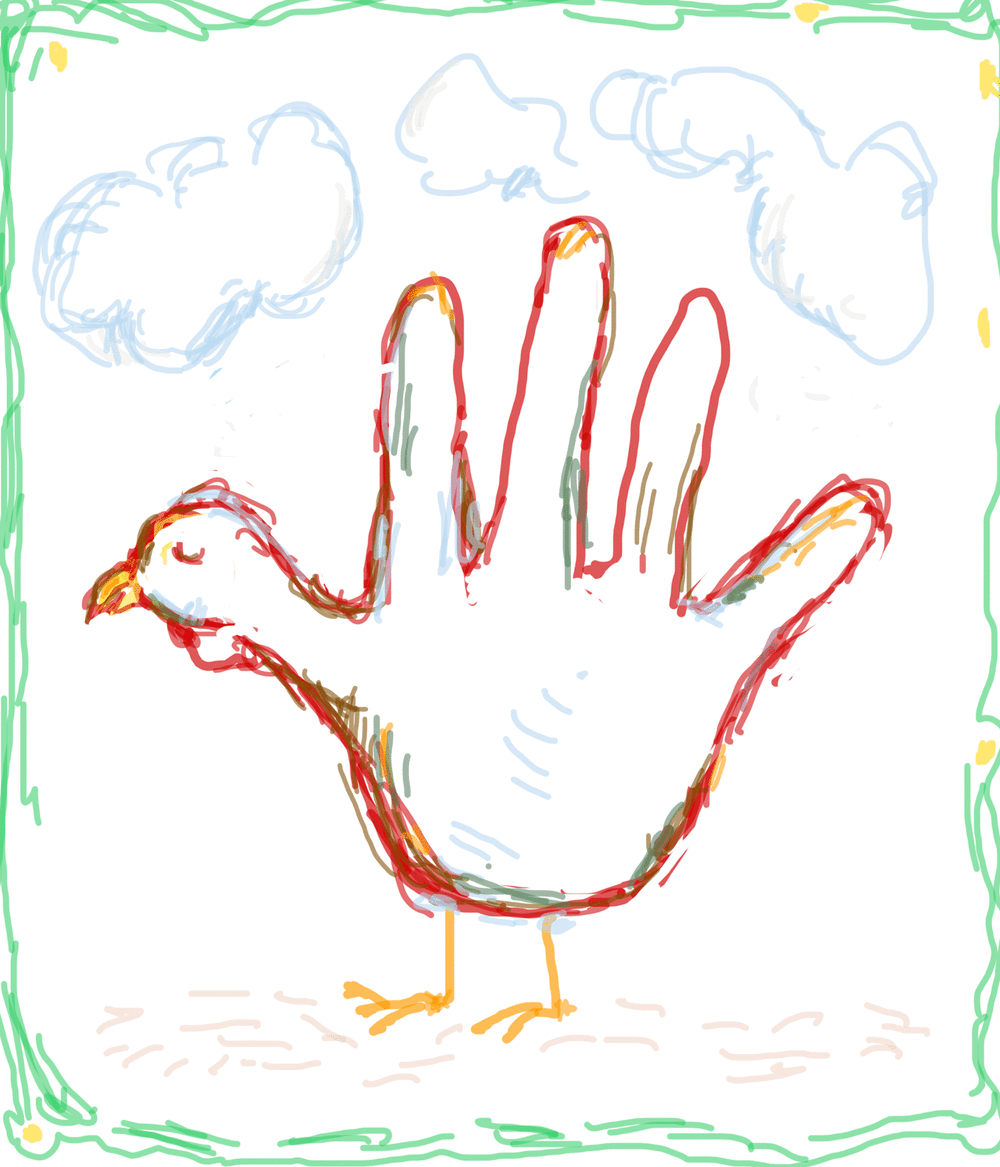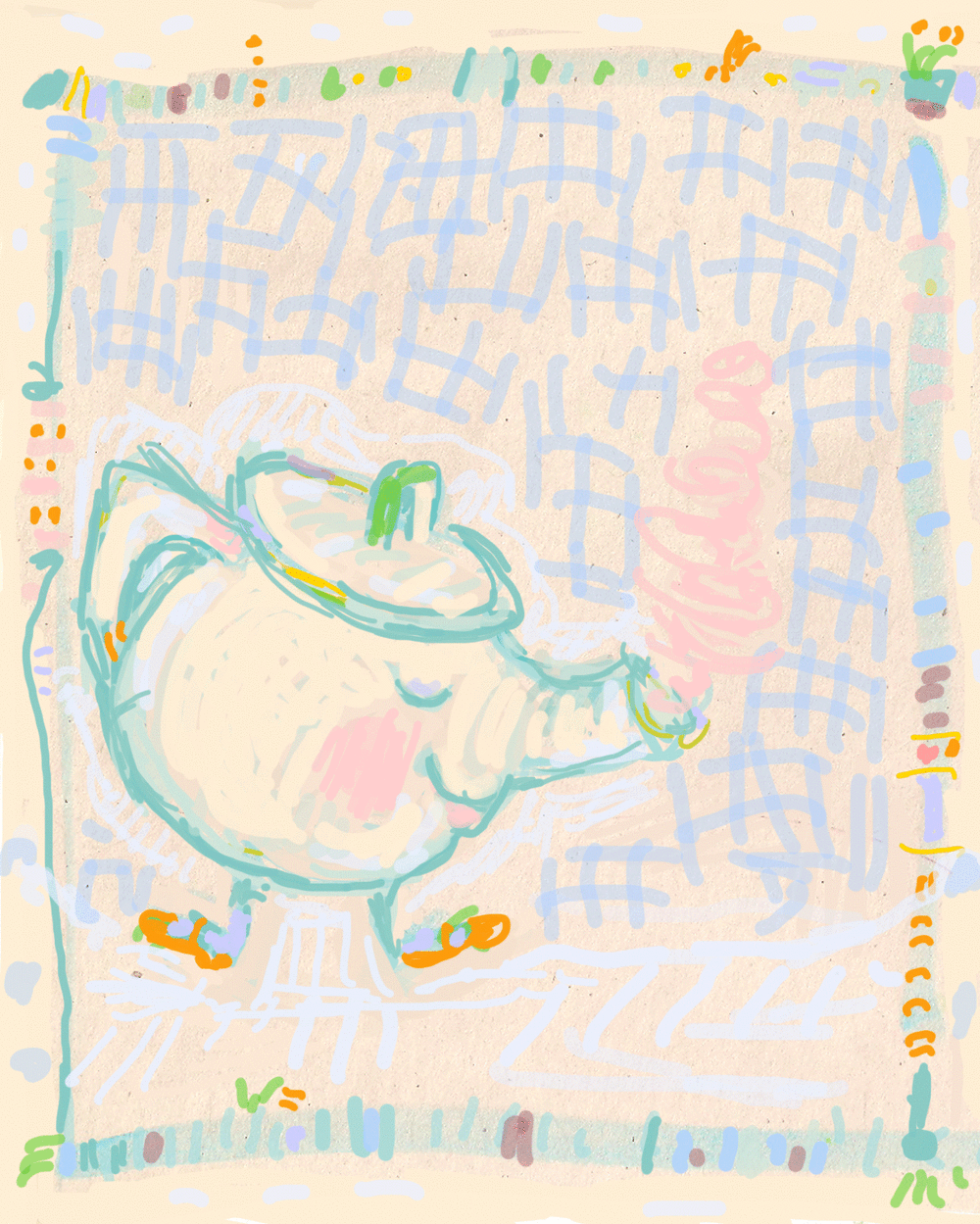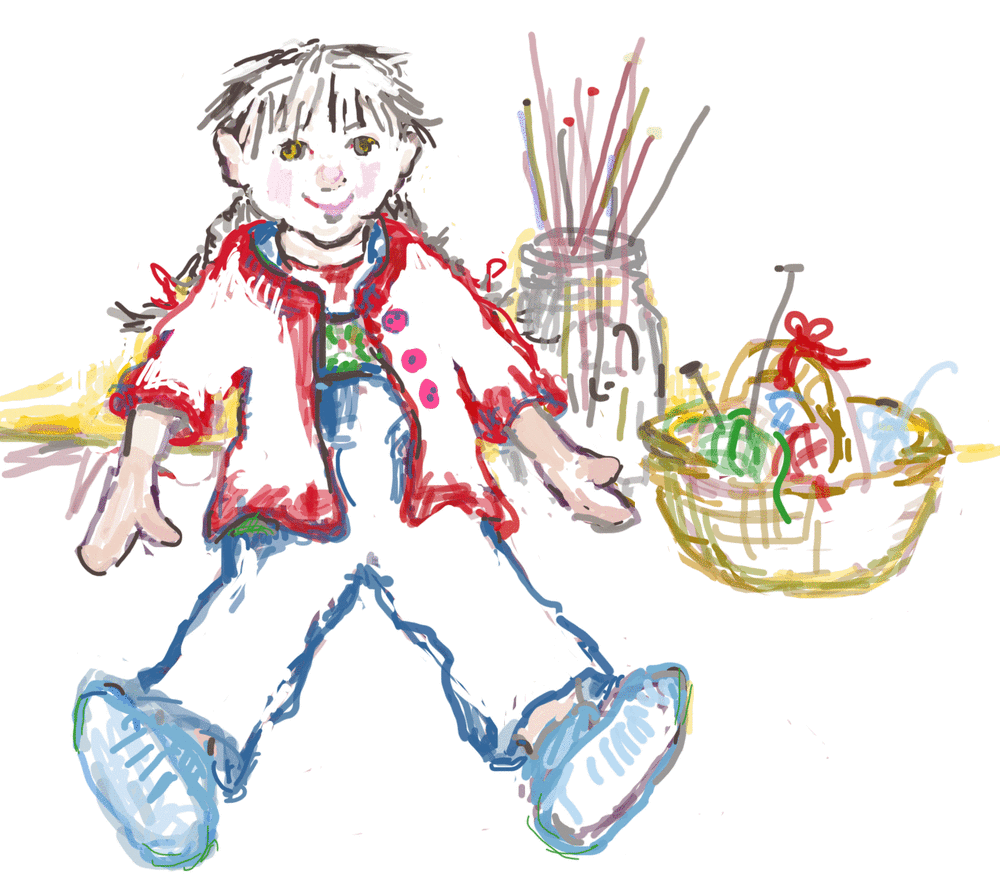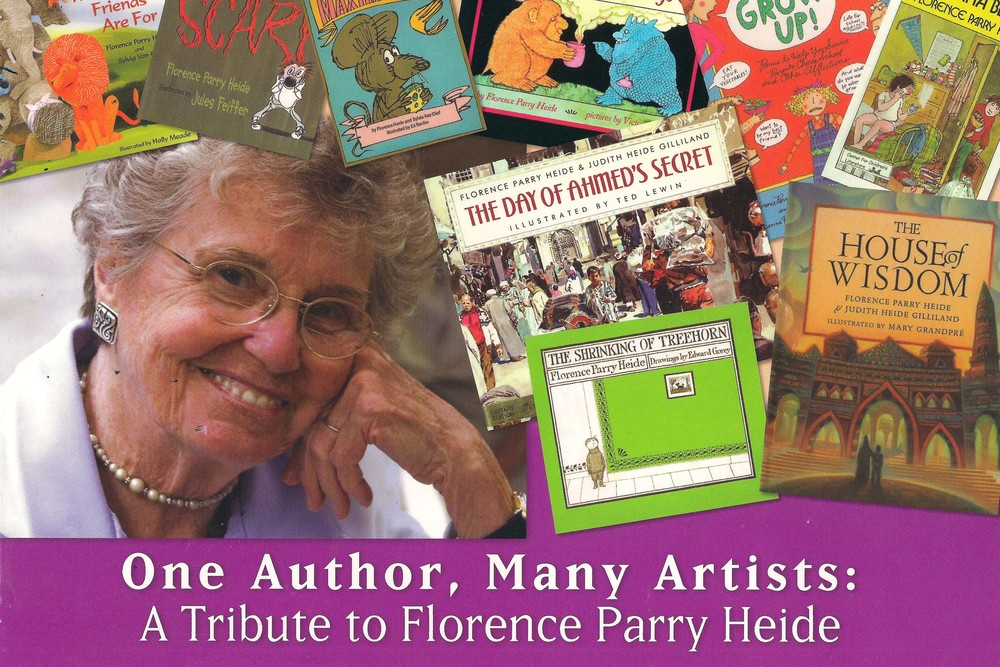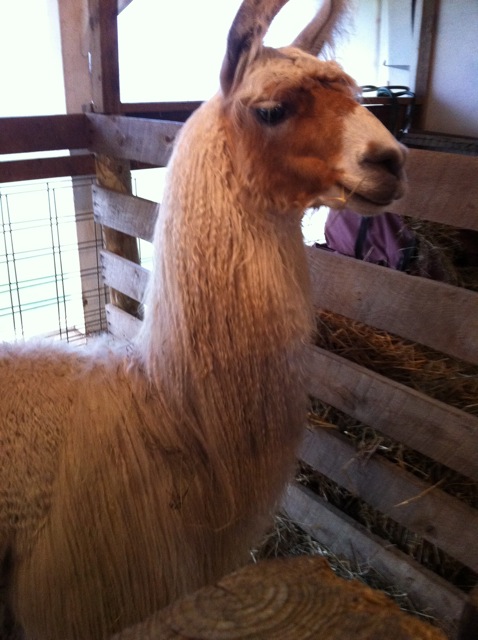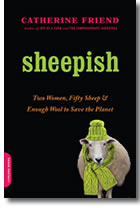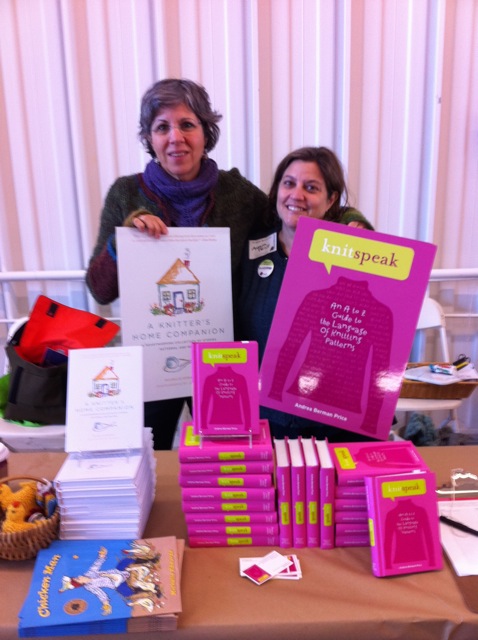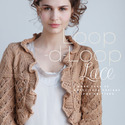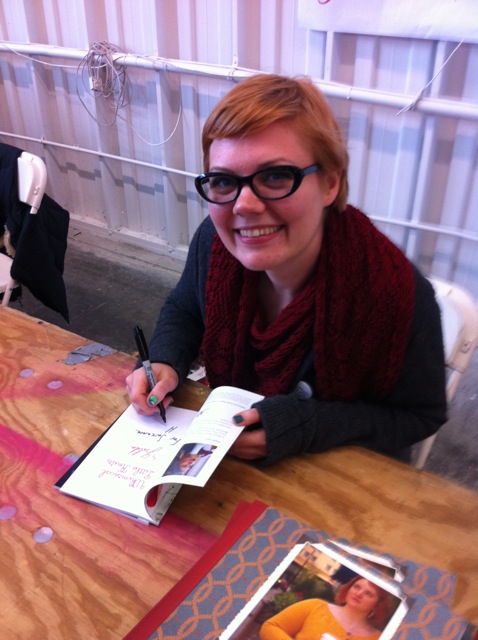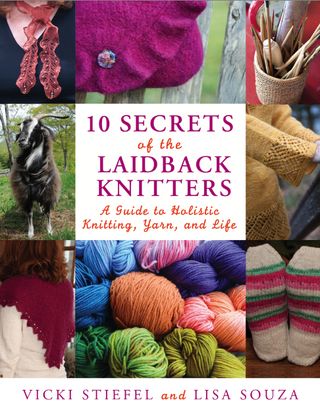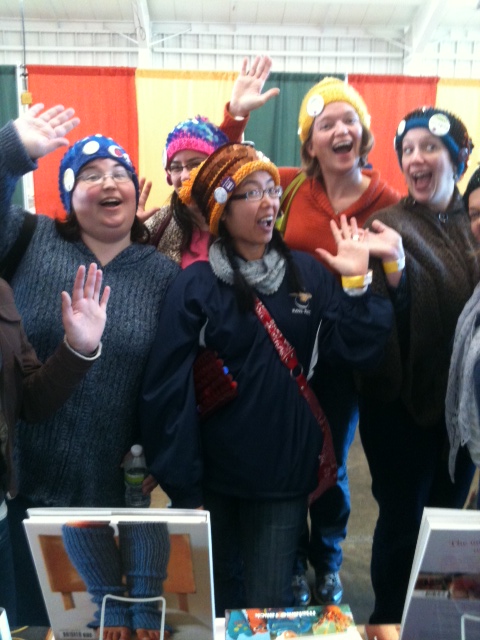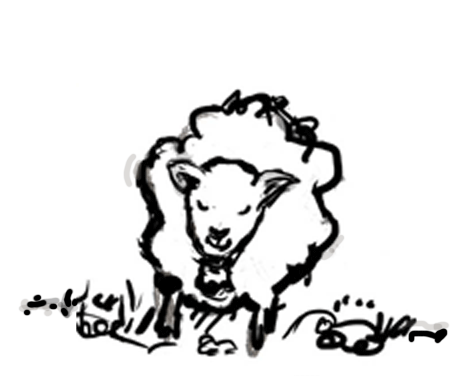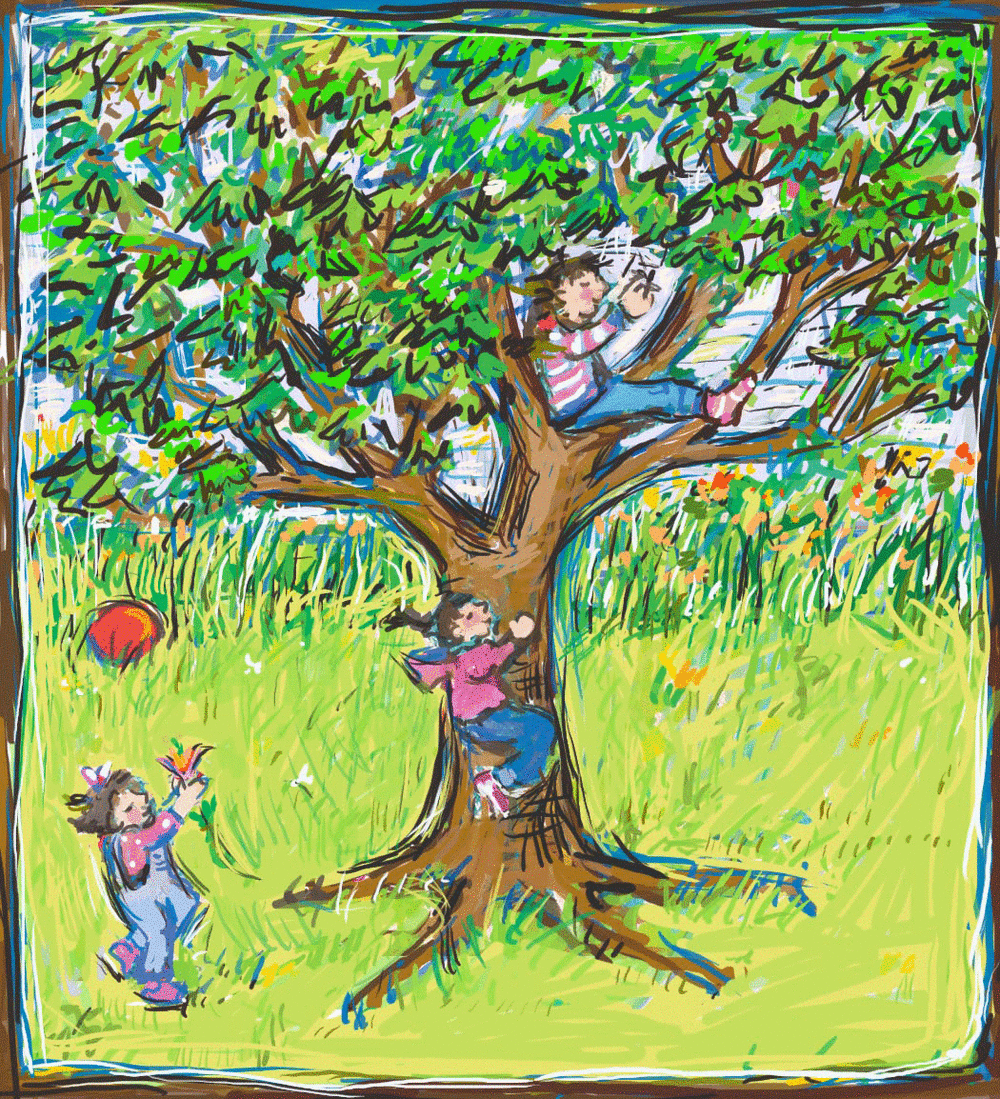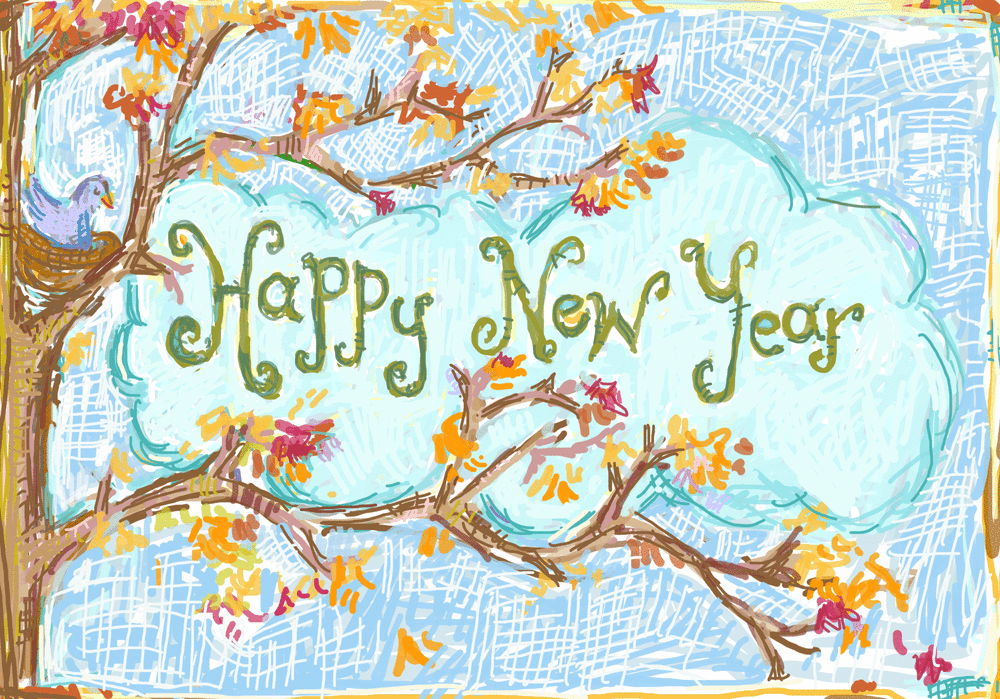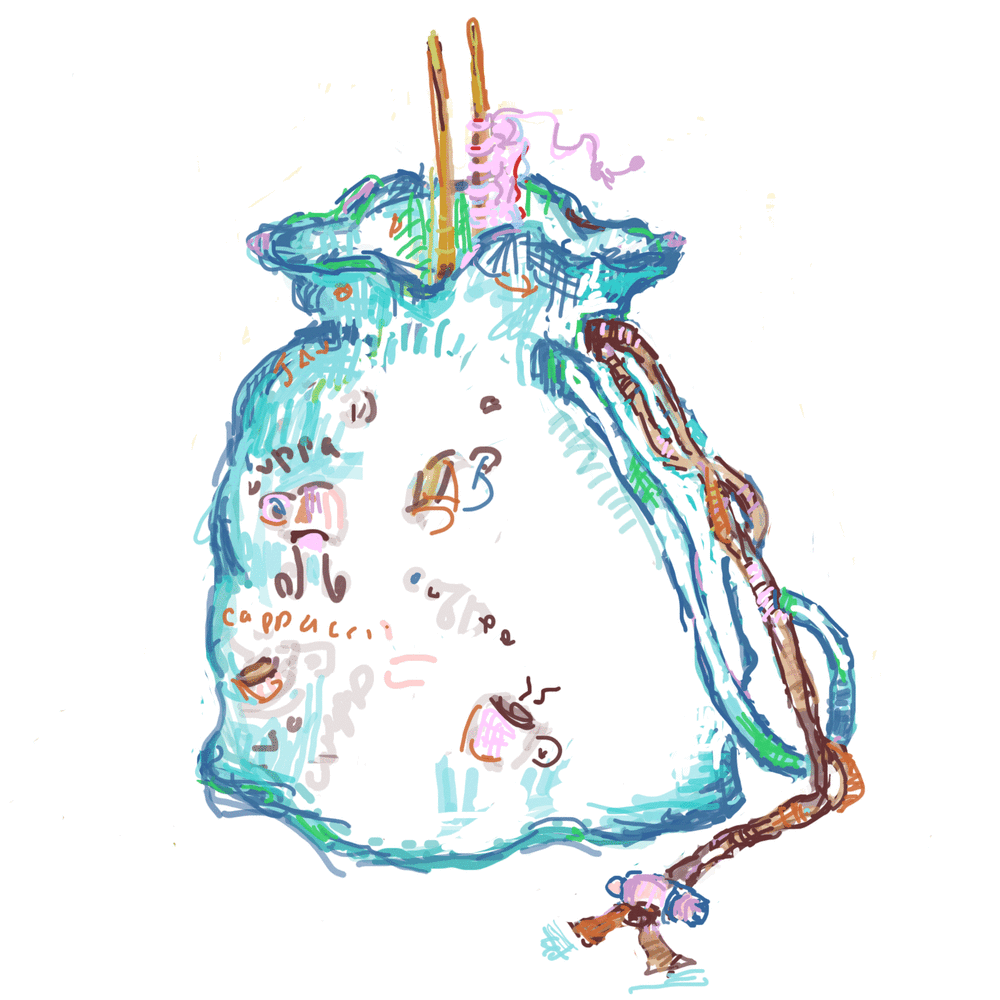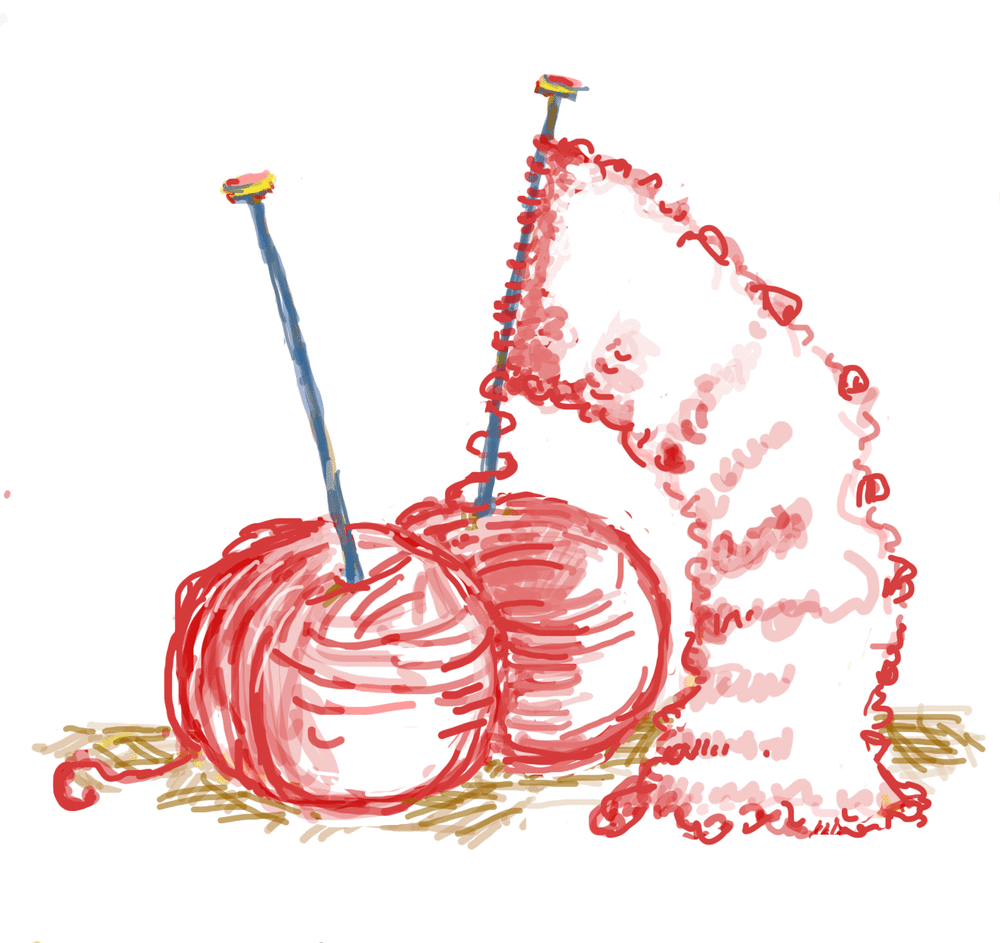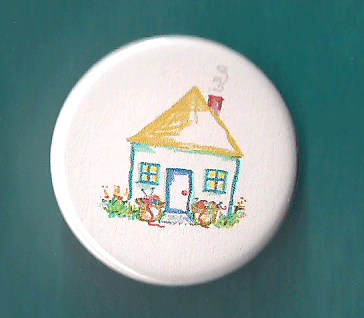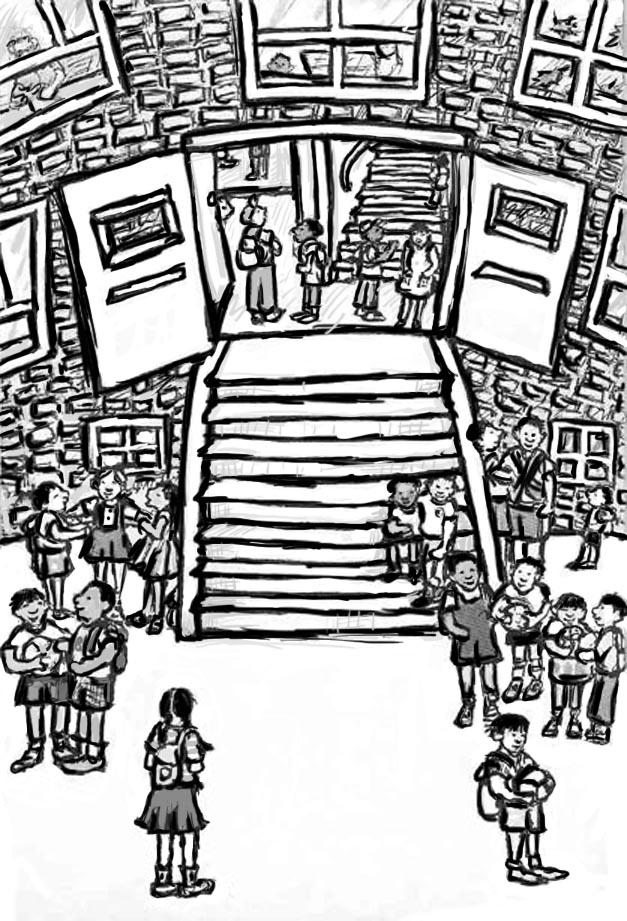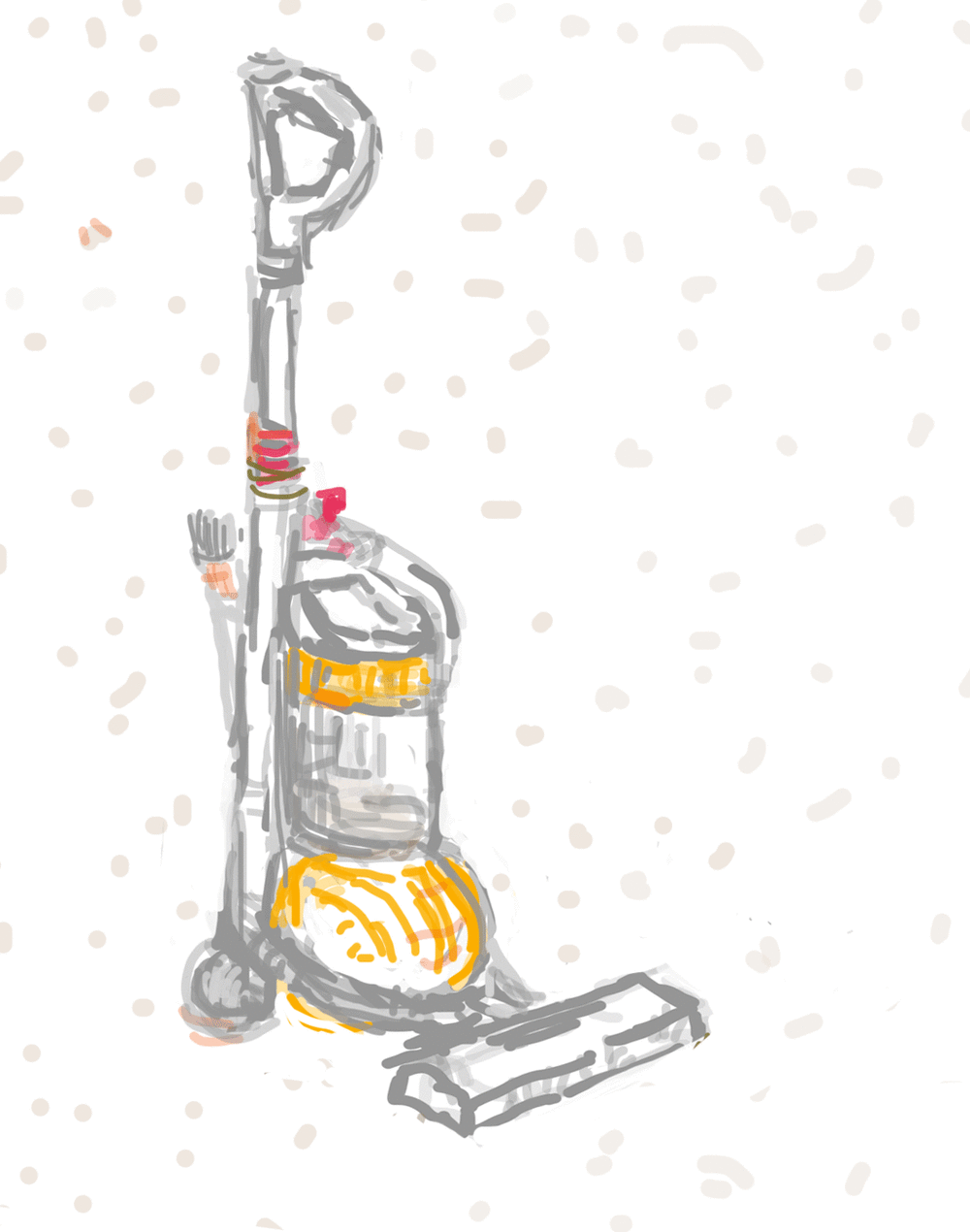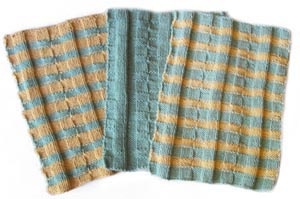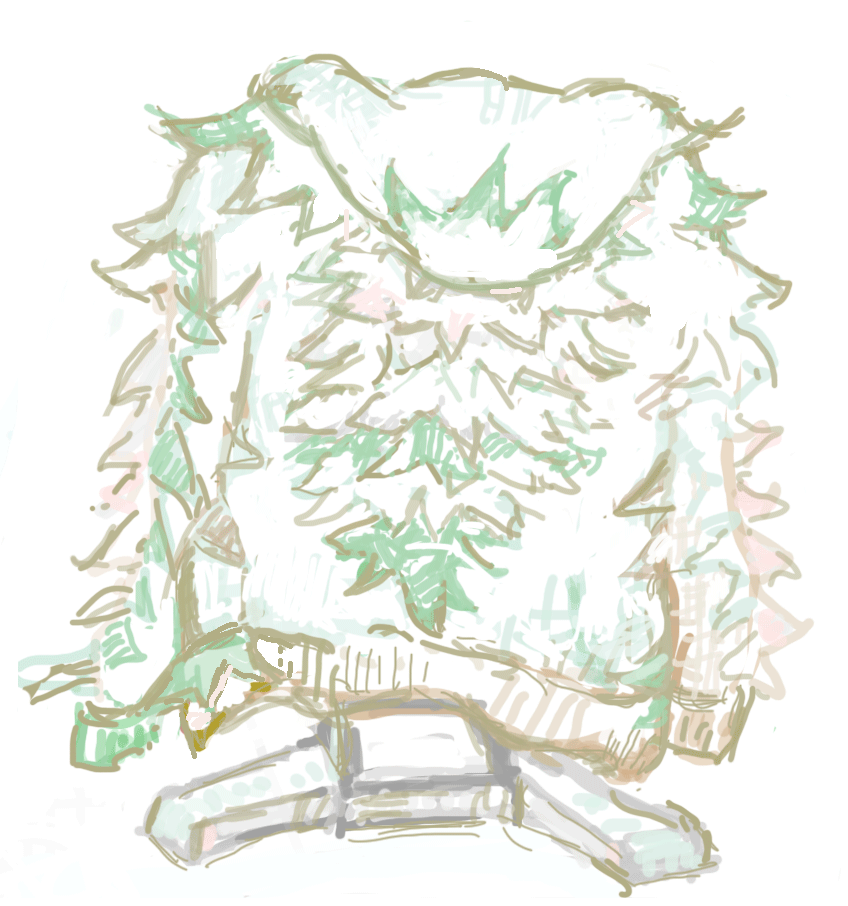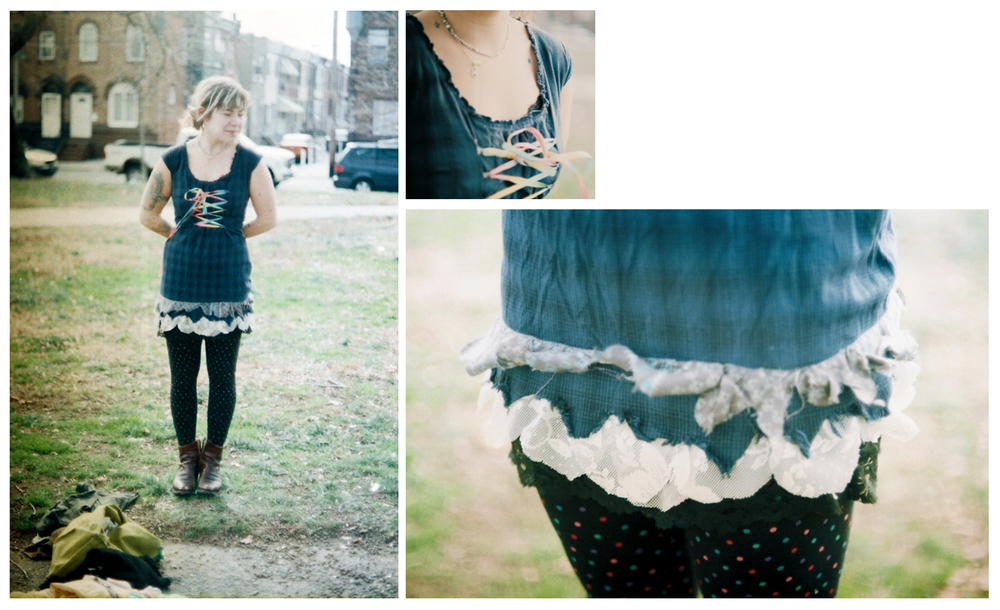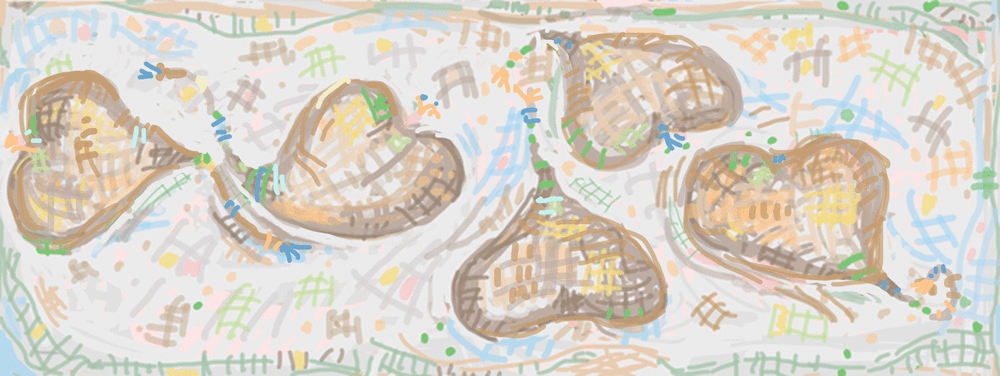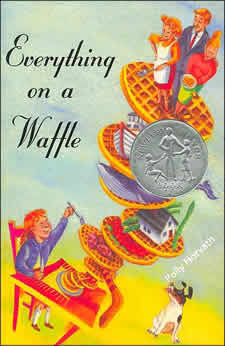
Genie's Hat from A Knitter's Home Companion
Genie McCliment, July 2, 1935- August 5, 2011
Just about nine years ago when my husband Rody and I moved back to Iowa City with our three less than jubilant children, we were busy. We didn’t have much time to neighbor.
But a few houses down the street from us, Genie and Ed McCliment, and their golden lab Sophie, did. While we scurried about, unpacked, and tried to settle our family, they acquainted themselves with our youngest daughter Lelia, a displaced nine year old who loved dogs. And that fall, a mere six weeks after Lelia and her classmates got their band instruments, Genie and Ed showed up at her first concert and introduced themselves.
“We’re your neighbors,” they told us.
We were amazed that they came to this event, attended mostly by parents. After all, the kids had only been playing a month and half.
“Thank you for coming,” we said.
“Lelia invited us,” explained Genie.
Genie and Ed went on to sit at many of Lelia’s concerts. As walking became harder for Genie, she became a master at sitting. She sat on her couch and welcomed the invited and uninvited--friends, relatives, and neighbors. She sat in a chair and picked up a pen to write letters to those far away and heavy-hearted. And in the thick darkness of an endless winter night, Genie sat down and dialed.
“Haven’t seen you lately, how are you?” she would ask. And she really wanted to know.
Sitting, Genie checked up on us all. Sitting, she shared her family with us. First the stories of the daughters she loved--Cathy, Nancy, and Lisa. Then came the tales of the grandchildren. We knew about Hanna and Hilary. We rejoiced with her when Miranda, Anna, and Liam were born. And when they visited, we felt honored to meet them.
Genie knew how to show up, sit down, and be present. She understood houses, too. She knew how to fill a living room with friends. Serve generously in a dining room. She knew how to stretch a family room with big screen TV on game nights. She knew how to arrange a circle of chairs around a backyard fire pit on a chilly, star-filled night. She knew how to butter the popcorn, chill the beer, and welcome the crew that came to share that starry night.
“People who love people are the luckiest people in the world.” When I was kid, and Funny Girl was a Broadway hit, my father would often sing in his off key voice this line from the show’s most popular song. And when he finished, he would toss those words out again, hoping we might catch their message. I did.
“People who love people are the luckiest people in the world.” Even through the grief, the heartache and the pain she endured the last few years, Genie McCliment, my friend and neighbor, was person who loved people. She one of the luckiest people in the world. And by offering us a chair in her circle, she made us lucky, too.
Good-bye, Genie. We will all miss you.
Notes:
You may have already met Genie and Ed McCliment. I first wrote about them in an essay about Ed's Hat: Form, Function and Ultimate Winter Warmth . Genie's Hat pattern (see above photo) is in A Knitter's Home Companion as well as her recipe--Genie's Killer Devilled Eggs.
Pattern: Ed's Hat
